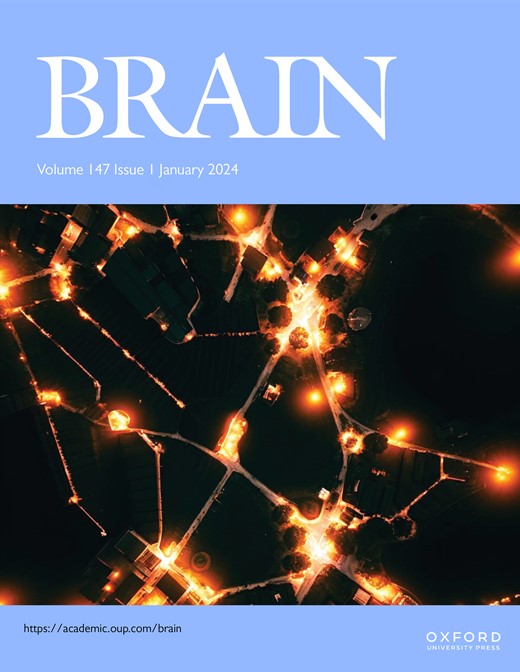Principal axis of primate basal ganglia in processing cognitive flexibility and habitual stability
IF 11.7
1区 医学
Q1 CLINICAL NEUROLOGY
引用次数: 0
Abstract
Cognitive flexibility and habitual stability are essential for survival, enabling adaptation to dynamic environments while ensuring efficiency in stable conditions. A key question is how the brain reconciles these seemingly conflicting properties of flexibility and stability, given that they are unlikely to be mediated by a single neuron or system. In primates, the expanded rostral-caudal axis of the brain provides distinct basal ganglia regions specialised for these functions. Specifically, the rostral and caudal regions of the caudate have been shown to process cognitive flexibility and habitual stability, respectively. This discovery revealed key insights into basal ganglia organisation and established the principle of rostral-caudal functional organisation. This principle demonstrates that basal ganglia structures are functionally organised: rostral regions mediate flexible, updatable goal-directed behaviours, while caudal regions support stable, sustained habitual actions—a framework now recognised across most basal ganglia regions. It offers a cohesive framework for understanding how the primate brain learns, retains, and executes two opposing behavioural strategies through a parallel cortico-basal ganglia system. Parallel processing along the rostral-caudal axis not only provides a unifying framework for basal ganglia function, but also elucidates the mechanisms underlying decision-making at the circuit level and the pathophysiology of basal ganglia-related disorders.灵长类动物基底神经节处理认知灵活性和习惯稳定性的主轴
认知灵活性和习惯稳定性对生存至关重要,使其能够适应动态环境,同时确保在稳定条件下的效率。一个关键的问题是,大脑如何协调这些看似矛盾的灵活性和稳定性,因为它们不太可能由单个神经元或系统调节。在灵长类动物中,扩展的脑喙尾轴提供了专门用于这些功能的独特的基底神经节区域。具体来说,尾状核的吻侧和尾侧区域分别处理认知灵活性和习惯稳定性。这一发现揭示了对基底神经节组织的关键见解,并建立了喙尾功能组织的原则。这一原理表明,基底神经节的结构在功能上是有组织的:吻侧区域调节灵活、可更新的目标导向行为,而尾侧区域支持稳定、持续的习惯性行为——这一框架现在在大多数基底神经节区域得到了认可。它为理解灵长类大脑如何通过平行的皮质-基底神经节系统学习、保留和执行两种相反的行为策略提供了一个有凝聚力的框架。沿喙尾轴的平行加工不仅为基底神经节功能提供了统一的框架,而且还阐明了电路层面的决策机制和基底神经节相关疾病的病理生理。
本文章由计算机程序翻译,如有差异,请以英文原文为准。
求助全文
约1分钟内获得全文
求助全文
来源期刊

Brain
医学-临床神经学
CiteScore
20.30
自引率
4.10%
发文量
458
审稿时长
3-6 weeks
期刊介绍:
Brain, a journal focused on clinical neurology and translational neuroscience, has been publishing landmark papers since 1878. The journal aims to expand its scope by including studies that shed light on disease mechanisms and conducting innovative clinical trials for brain disorders. With a wide range of topics covered, the Editorial Board represents the international readership and diverse coverage of the journal. Accepted articles are promptly posted online, typically within a few weeks of acceptance. As of 2022, Brain holds an impressive impact factor of 14.5, according to the Journal Citation Reports.
 求助内容:
求助内容: 应助结果提醒方式:
应助结果提醒方式:


